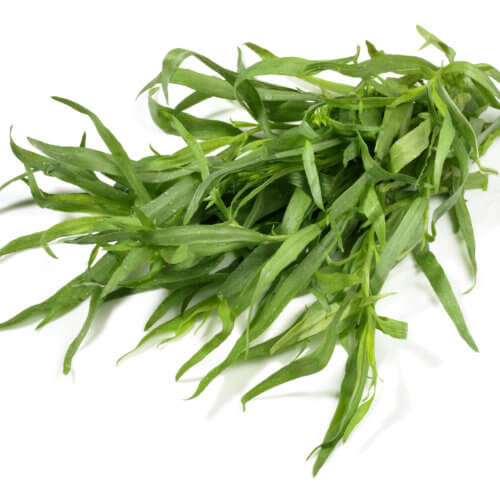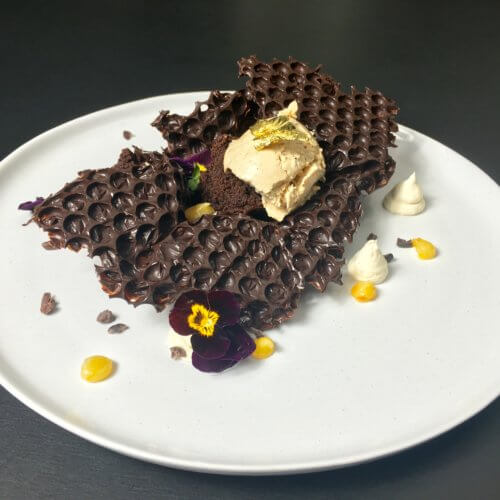The tagine or tajine is an ancient and ingenious way of cooking. Designed to maximise flavour, moisture and energy efficiency, the basic tagine has changed little since it first appeared over a thousand years ago.
It is mentioned in the ninth-century work, One Thousand and One Nights, but the tagine would have been popular long before that, particularly among the nomadic tribes of the region. These days it is mostly associated with Morocco and North Africa, but its international popularity is also growing.
It is absolutely brilliant for low and slow stewing or braising. Precise techniques vary by region, but the underlying technique is the same.
The wide, flat dish comes with a fitted conical lid, usually clay or ceramic, and sometimes glazed. The shape of the lid is key. When cooked on a low heat, moisture slowly evaporates from the ingredients in the base, then rises up the cone, cooling down as it does so. Eventually it condenses against the lid and trickles back down into the base. The ingredients are therefore slowly braised in their own juices, concentrating flavour and tenderising the food, so even the toughest cuts of meat melt in the mouth. Tagines are also great at steaming rice and couscous.
Traditionally, a tagine should be heated over hot charcoal, but most cooks are content to use a stove with a heat diffuser. These perforated metal discs prevent the stove from damaging the tagine. They are pretty cheap and easy to find. They can be placed in the oven, although this creates heat from all sides and negates the cooling effect of the conical lid. Ideally, the top of the lid should never get too hot to handle.
More dedicated cooks may want to brown their ingredients, especially meat, to add texture and flavour before slow cooking. This is definitely a good idea, but not strictly necessary, particularly with the sort of spicy, aromatic dishes for which North African cuisine is so famous.
We recommend mastering the tagine method first. Traditional recipes start with ghee (clarified butter) spread across the base, followed by a paste of onions, herbs and spices. Then the meat and finally the vegetables. A little liquid is usually added to start the steaming process, but it you won’t need much because the moisture gets recycled.
Some tagines require tempering and seasoning before use. This generally involves soaking in water overnight and, if unglazed, rubbing the inside with oil. Then preheat the oven to 150C with the tagine inside it, so it heats up gradually. Leave for 3 hours, then let it cool down in the oven before washing in warm water and rubbing once more with oil. Then it’s ready to use.
Tagine cooking is an art, but is well worth adding to your repertoire. Two things to remember: ceramic is sensitive to sudden changes in temperature, so avoid these. Also, tagines look so cool than many are built for presentation rather than for cooking – make sure you buy the latter!




